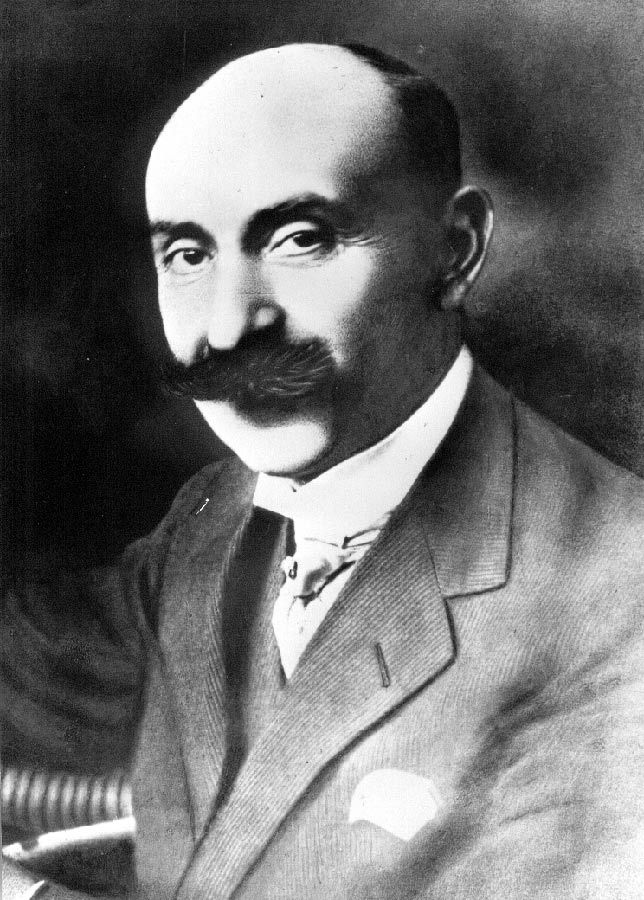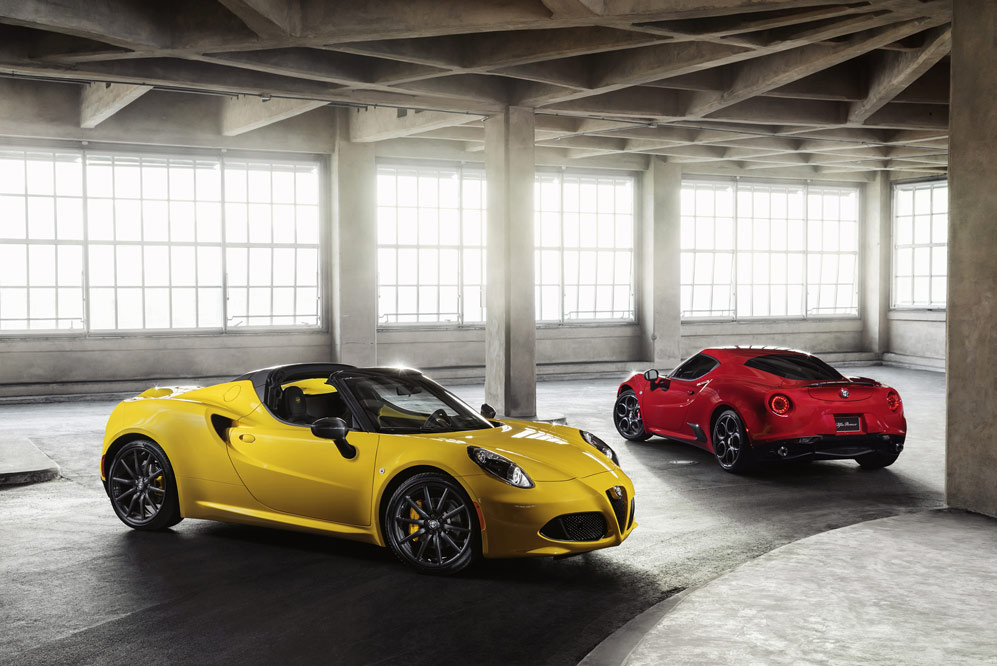Beginnings
The legends. Those manufacturers whose road cars are the result of a proud racing heritage, and the passion for excellence in all they undertake. Aston Martin, Audi, Bentley, BMW, Ferrari, Jaguar, Maserati, Mercedes Benz, and Porsche. Each is imbued with the flavour and personality of its home country, and retains a unique personality. These are the road cars that combine passion and technical sophistication.
A proud and fascinating member of this exclusive club will soon be available on Vancouver Island, through the GAIN Dealer Group, providing a new generation of enthusiasts the opportunity to enjoy one of Italy’s most desirable driving experiences.
 It’s time to say Ciao! to Alfa Romeo. Tracing their history to the beginning of the last century, Alfa Romeo enters the 21st with deserved optimism. With the introduction of the Alfa Romeo 4C, the company is rightly confident of establishing a new fan base. The car is the epitome of the proper Italian sports car. It’s eye-wateringly beautiful. It’s available in red. And it’s quick. More on this soon, but first a little background to set the stage.
It’s time to say Ciao! to Alfa Romeo. Tracing their history to the beginning of the last century, Alfa Romeo enters the 21st with deserved optimism. With the introduction of the Alfa Romeo 4C, the company is rightly confident of establishing a new fan base. The car is the epitome of the proper Italian sports car. It’s eye-wateringly beautiful. It’s available in red. And it’s quick. More on this soon, but first a little background to set the stage.
A.L.F.A (Anonima Lombarda Fabbrica Automobili ̶ the English equivalent being Anonymous Lombard Automobile Factory) was founded in Milan in 1910. Their first car, a 24-HP model, was introduced the same year. The factory, apparently having second thoughts about remaining anonymous, quickly turned its attention to racing, entering two 24-HP cars into the 1911 running of Sicily’s gruelling Targa Florio endurance race.
 The First World War interrupted automobile construction. In 1915, A.L.F.A.’s factory was converted to the production of war materials under the direction of engineer and entrepreneur Nicola Romeo.
The First World War interrupted automobile construction. In 1915, A.L.F.A.’s factory was converted to the production of war materials under the direction of engineer and entrepreneur Nicola Romeo.
With the return of peace, and the resumption of automobile production, the company produced the first recognized Alfa Romeo model, the Torpedo 20-13 HP in 1921.
“When I see an Alfa Romeo go by, I tip my hat.” – Henry Ford
By the early 1920s, Alfa Romeo was enjoying racing success. They hold the distinction of being the second team (after Mercedes-Benz) to see their cars finish 1-2-3, a result accomplished at the 1924 Italian Grand Prix. Success was realized in 1925 with Alfa Romeo winning the inaugural world championship for Grand Prix cars.
Enzo Ferrari, who went on to enjoy success under his own name, joined Alfa Romeo in 1920 as a works driver. In the mid-1920s Ferrari’s role changed, with the management and development of the factory racing team becoming his first priority.
“I picked up the torch laid down by Alfa Romeo in 1937.” – Enzo Ferrari
Ferrari established his own racing team in 1932, but continued his association with Alfa Romeo. Five years later, Alfa Romeo made the decision to once again enjoy full control of the racing division. Ferrari initially served as the factory’s Sporting Director, but quickly found himself unhappy with the arrangement and resigned.
By the end of the following decade the world was again at war. The Alfa Romeo factory was once again converted, this time to the production of aero engines. By the end of the war, the factory was a bombed out ruin.
The Post War Years
 It took time to recover from the devastation of the war. While the production side of the company was attempting to develop new cars, the factory was soon to enjoy success in Grand Prix racing, with the company winning the first Formula One Championship in 1950. Alfa Romeo secured their second consecutive championship in 1951 with the brilliant Manuel Fangio driving for the team.
It took time to recover from the devastation of the war. While the production side of the company was attempting to develop new cars, the factory was soon to enjoy success in Grand Prix racing, with the company winning the first Formula One Championship in 1950. Alfa Romeo secured their second consecutive championship in 1951 with the brilliant Manuel Fangio driving for the team.
Between 1953 and 1955 Alfa Romeo produced three intriguing and fascinating concept cars. A joint collaboration between the factory and the famous Bertone design house, the BAT (Berlinetta Aerodinamica Tecnica) cars were intended as a means to create vehicles with a low drag coefficient. All three cars, BAT 5, BAT 7, and BAT 9 featured sweeping fins and curves, and remain compellingly attractive today. About this time Alfa Romeo cars arrived in North America for the first time. Enthusiasts quickly came to appreciate the style and performance offered by these new imports.
While Steve McQueen will forever be remembered for driving a green Mustang, Dustin Hoffman enjoys similar cultural literacy for having driven a red Alfa Romeo Duetto in “The Graduate.” By any measure, the car was a stylish way to arrive at Mrs. Robinson’s house. Alfa Romeo later paid tribute to the film by naming an edition of their car the “Graduate.”
For many years Alfa participated in the market with a variety of interesting and intriguing cars. Sadly, by 1995 things weren’t quite as bright as they might be for Alfa Romeo in the North American market and, with regret, the decision to end sales in this market was made. Members of Alfa Romeo owners’ clubs continued to celebrate the brand in its absence, but the desire for contemporary Alfa Romeo cars quietly continued.
The Legend Returns
All good things come to those who wait, and in this case it’s very good indeed. With exciting new models, and a well-considered business plan, Alfa Romeo is returning to the North American market. The first model to come ashore is the Alfa Romeo 4C. The car has been enthusiastically received in the European market, and this time we can experience the excitement as well.

Light at about 1179 kg, the two-seat, mid-engine 4C is entirely stunning. It’s not often a production car this gorgeous enters the marketplace. Powered by a 1.7 litre turbocharged four-cylinder engine producing 237 horsepower, the car is a proper sporting car. The car’s handling is superlative, making it an ideal candidate to challenge the track at the Vancouver Island Motorsport Circuit when it opens to members and guests next spring.
The formal introduction of Alfa Romeo, and announcement of the grand opening of the dedicated showroom in January will be revealed soon. We’re looking forward to introducing you to this exciting and innovative brand. For more information, please email info@alfaromeovictoria.com.
